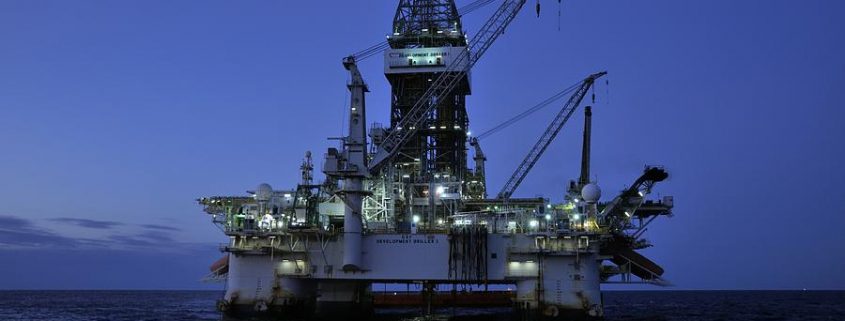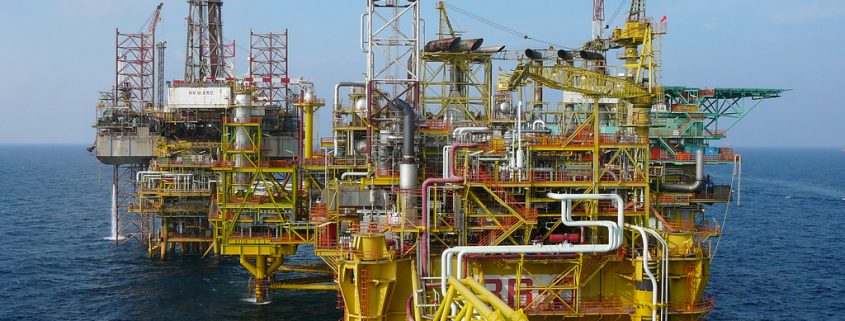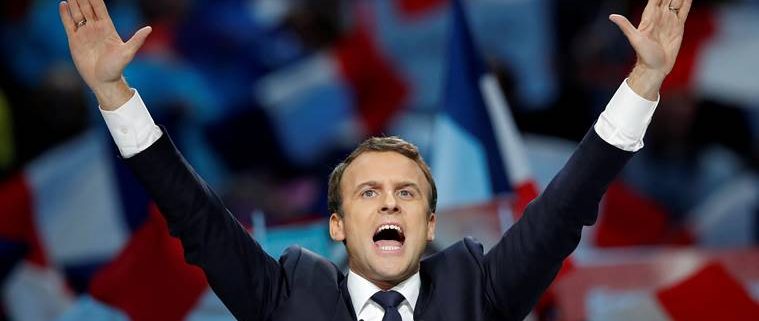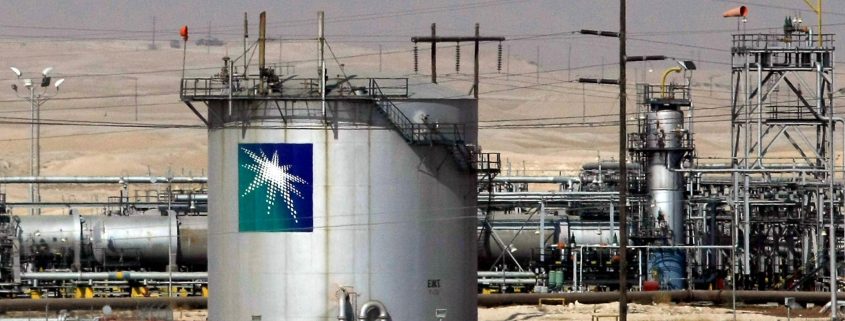U.S. Oil Imports Decline; Crude Inventories tumble;
Crude Reserves

Observing the U.S. crude reserves, they had the biggest one-week fall down since December. It happened last week as imports fell down roughly. Furthermore, inventories of refined products also declined. Helping aliment of oil prices that were down by worries about oversupply.
Crude inventories USOILC=ECI fell 5.2 million barrels in the week to May 5. EIA data showed, rather compared with expectations for a decrease of 1.8 million barrels. Crude stocks were the lowest since February. Leveling at 522.5 million barrels.
Regarding U.S. crude imports USOICI=ECI, they dropped in previous week by 799,000 barrels per day. Which makes it the largest weekly drop since the middle of February. It came to just 6.9 million bpd. Since the beginning of March, it’s happening for the first time that they have been below 7 million bpd.
Stocks at the Cushing, Oklahoma, conveyance center for U.S. crude futures USOICC=ECI went down to 438,000 barrels.
OPEC; Non-OPEC
Speaking about Crude futures, they rose. Based on the data which came after overpassing weeks of pressure.. Mostly over worries that a deal between OPEC and non-OPEC producers about cutting the outputs may not have expected effect. And was not having the desired impact on market prices.
By 11:12 a.m., U.S. crude futures CLc1 were up $1.30, or 2.8 percent, at $47.18 a barrel, and Brent crude LCOc1 rose 2.5 percent, or $1.25, to $49.98 a barrel. (Reuters)
However, U.S. production went up again, and refining runs declined. This made and effect of giving the analysts a pause. They didn’t have to worry about the market’s brisk increase.
Forecasts
“The highlited crude oil drawdown number is doubtless supportive. However, it could act something like a shooting star.
The refinery usage-rate has come pretty down. Due to moments after topping out, a couple of weeks ago.” (John Kilduff)
Refinery crude runs USOICR=ECI were down 418,000 bpd. Their utilization rates USOIRU=ECI declined by 1.8 percentage points to 91.5 percent of overall capacity. Happening right after hitting a record 94.1 percent in the period of three weeks earlier. This is all based on EIA data.
Gasoline stocks USOILG=ECI fell 150,000 barrels.
Distillate stockpiles USOILD=ECI, they also include diesel and heating oil. It has dropped 1.6 million barrels. In comparison with expectations for a 1.0 million-barrel draw.
Notably, U.S. crude production continued to bloom, rising to 9.31 million bpd. While only a week earlier it came from 9.29 million bpd.
Outputs still growing
“Growing oil output in the U.S., which achieved its highest level since August 2015, will remain a spiny sharp issue for price bulls.” Abhishek Kumar was commenting this subject.
He is a senior energy analyst at Interfax Energy’s Global Gas Analytics in London.(Reuters)
U.S. Oil outputs are making a fuss with global Oil supplies and Oil prices. Will OPEC countries succeed in cuts and market rebalance, only time will show.





 He wrote in a book in January which says South Korea should learn to say “no to America”.
He wrote in a book in January which says South Korea should learn to say “no to America”.


 Many years Japanese top five trading houses were trying to change their businesses. In order to try diversifying their work into non-cyclical. But after long period of time they have confirmed and underlined the vulnerability and sensitiveness of their businesses. Because they still operate in ”the world of commodities”.
Many years Japanese top five trading houses were trying to change their businesses. In order to try diversifying their work into non-cyclical. But after long period of time they have confirmed and underlined the vulnerability and sensitiveness of their businesses. Because they still operate in ”the world of commodities”.



 import data from China. These data showed total copper imports into the Asian nation fell. And they fell to their lowest level since October 2016. China’s total copper imports for April fell 33% year-on-year to 300,000 tonnes. Making them down from 450,000 tonnes in the same month last year.
import data from China. These data showed total copper imports into the Asian nation fell. And they fell to their lowest level since October 2016. China’s total copper imports for April fell 33% year-on-year to 300,000 tonnes. Making them down from 450,000 tonnes in the same month last year. “Nickel prices have been under pressure throughout April. This increased market participants’ appetite for dip-buying. Specially on top of which, nickel’s output was largely reduced in April.”
“Nickel prices have been under pressure throughout April. This increased market participants’ appetite for dip-buying. Specially on top of which, nickel’s output was largely reduced in April.”

 Over the weekend, Chinese imports of unwrought copper and copper-fabricated products fell 4.4% year-on-year in April. Following, total imports for the first four months of 2017 were down 22.9% compared to the same period of last year. Generally, total imports in the first four months of 2017 of 1.88 million tonnes were down 22.9% year-on-year.
Over the weekend, Chinese imports of unwrought copper and copper-fabricated products fell 4.4% year-on-year in April. Following, total imports for the first four months of 2017 were down 22.9% compared to the same period of last year. Generally, total imports in the first four months of 2017 of 1.88 million tonnes were down 22.9% year-on-year.
 came in at 238,000. It is the amount below the forecast of 246,000. Thirdly, preliminary non-farm productivity and unit labour costs during the first quarter came in at -0.6% and 3%, respectively.
came in at 238,000. It is the amount below the forecast of 246,000. Thirdly, preliminary non-farm productivity and unit labour costs during the first quarter came in at -0.6% and 3%, respectively.





 “The fall down in SHFE copper stocks was happening due to the dip-buying from consumers. Anyway, as the copper price continued to hover at a low level. This made market participants show doubts as to whether the real demand could support the expanding inventories within consumers.” ( analyst from Guotai Jun’an)
“The fall down in SHFE copper stocks was happening due to the dip-buying from consumers. Anyway, as the copper price continued to hover at a low level. This made market participants show doubts as to whether the real demand could support the expanding inventories within consumers.” ( analyst from Guotai Jun’an) “Aluminium is still consolidating after recent price jumps. Moreover, the market might be waiting in anticipation [of better prices] following aluminium supply-side reforms [in China. However, chances are that the actual deficit might not be as large as people expect.”
“Aluminium is still consolidating after recent price jumps. Moreover, the market might be waiting in anticipation [of better prices] following aluminium supply-side reforms [in China. However, chances are that the actual deficit might not be as large as people expect.”








 The three-month copper price saw a small decline of $2.50 to $5,540.50 per tonne. Copper did hit highs of $5,591 earlier in the say as it looked to consolidate after a $202 per tonne drops earlier in the week. Copper inventories rose a net 36,800 tonnes to 354,650 tonnes – the highest since October 2016. This follows rises of 32,925 tonnes yesterday and 31,250 tonnes on Wednesday. In supply news, Anglo American is taking steps to restart operations promptly at its El Soldado copper mine in Chile.
The three-month copper price saw a small decline of $2.50 to $5,540.50 per tonne. Copper did hit highs of $5,591 earlier in the say as it looked to consolidate after a $202 per tonne drops earlier in the week. Copper inventories rose a net 36,800 tonnes to 354,650 tonnes – the highest since October 2016. This follows rises of 32,925 tonnes yesterday and 31,250 tonnes on Wednesday. In supply news, Anglo American is taking steps to restart operations promptly at its El Soldado copper mine in Chile.